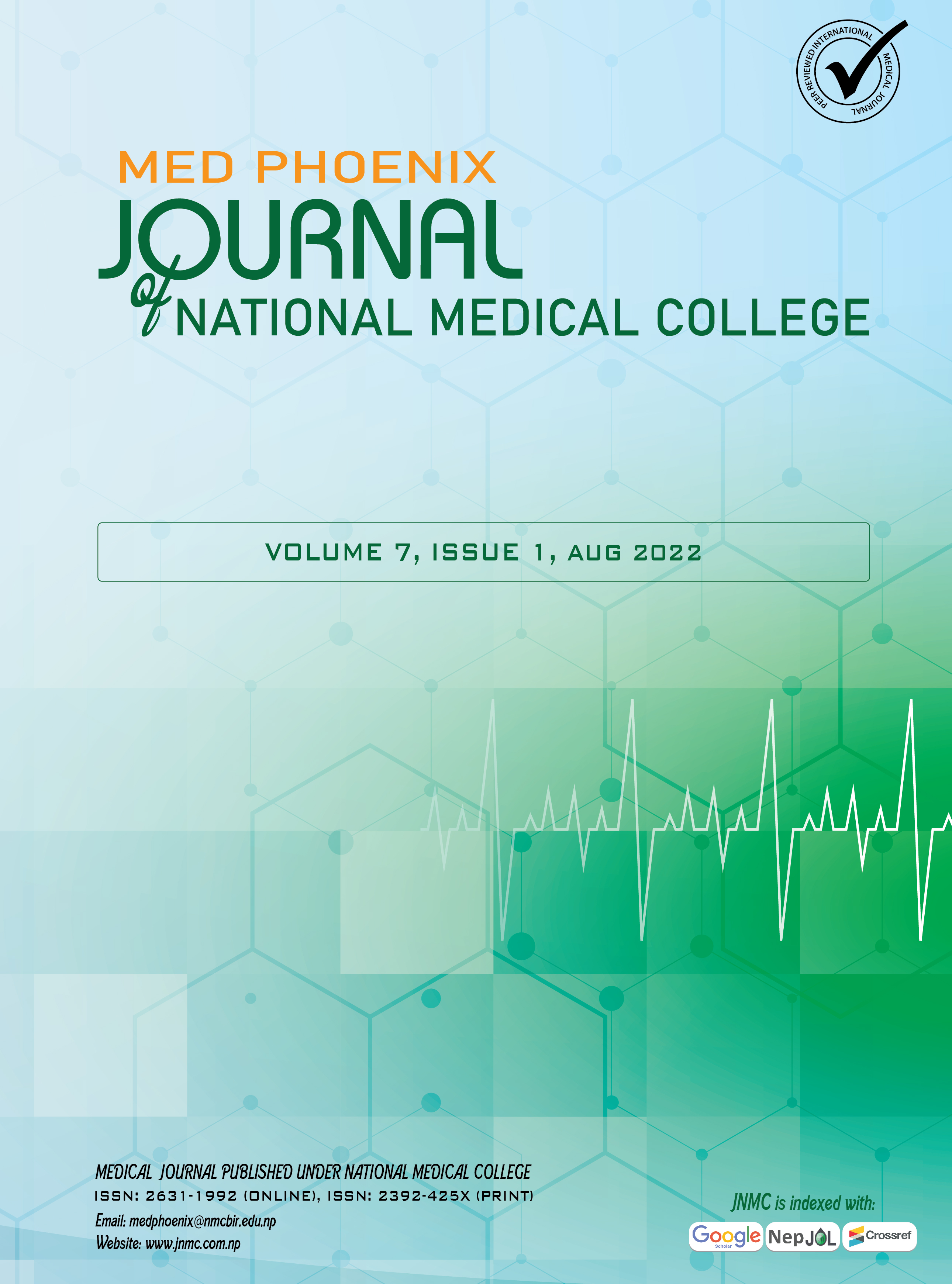Recent Updates in Surgical Treatment of Benign Prostatic Hyperplasia: A Review Article
DOI:
https://doi.org/10.3126/medphoenix.v7i1.47030Keywords:
cost benefit analysis, lower urinary tract symptoms, morbidity, prostatic hyperplasia, transurethral resection of prostateAbstract
Benign prostatic hyperplasia refers to the non-malignant growth or enlargement of the prostate gland and is a general cause of lower urinary tract symptoms in men which rises with growing age. There is a wide range of management options available from watchful waiting, and medicinal therapy to various surgical intervention methods. Though medicinal therapy is the preliminary treatment for benign prostatic hyperplasia, some patients lack the desire to keep on with the extended duration, and on occasion, they must break either due to treatment failure or side effects. Lately, numerous innovative surgical methodologies have been established to provide patients with efficient therapy on a day-care basis, without the risk of general anaesthesia and with rapid recovery, marginal morbidity, and safeguarding the reproductive function. Existing treatment alternatives for benign prostatic hyperplasia differ in the extent of intrusiveness, efficiency, complications, and cost-effectiveness. Various treatment modalities are available these days that are less invasive and have lesser complications as compared to conventional transurethral resection of the prostate. It helps curtail expenses, preserve time for recovery, curb untoward general and reproductive side effects. Laser, endoscopic, robotic, water vapor utilization, and various other minimally invasive methods have demonstrated their effectiveness in the treatment of benign prostatic hyperplasia in various studies.
Downloads
Downloads
Published
How to Cite
Issue
Section
License
Copyright (c) 2022 Med Phoenix

This work is licensed under a Creative Commons Attribution 4.0 International License.
This license enables reusers to distribute, remix, adapt, and build upon the material in any medium or format, so long as attribution is given to the creator.
Copyright on any research article is transferred in full to MED PHOENIX upon publication. The copyright transfer includes the right to reproduce and distribute the article in any form of reproduction (printing, electronic media or any other form).




